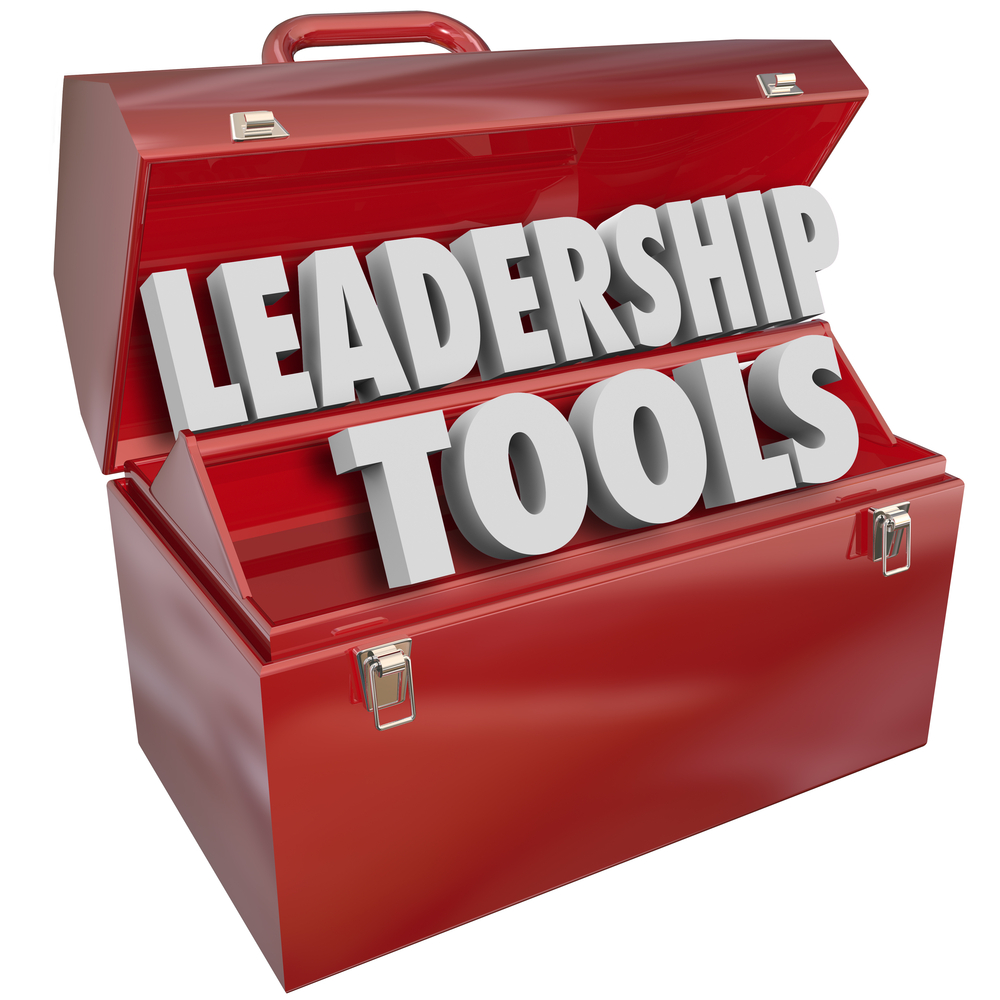The New Model for Managers—Old School Diplomacy
In a recent article at SmartBrief on Leadership, I suggested we replace our old, outdated management model with a new one right for this era. I even suggested we throw out the label “manager” in favor of something more relevant for the work that needs to be done. In this article, I draw from history lessons to suggest a fresh model and set of skills based on old-school nation-state diplomacy to help today’s senior managers and organizational leaders navigate the challenges posed by varying constituent groups in our volatile era.
Pushback on the Model of Manager as Diplomat
When I bounced this idea of the senior leader as a diplomat off several colleagues, their blink reaction was negative. To them, it sounded as if I was suggesting the role of senior leaders was to foment compromise at the expense of hard decisions.
I respectfully disagree. In practice, great diplomats design solutions that reflect hard truths and strive to give their constituents what they need. Strategic compromise is one of the tools of the diplomat, but compromise is not the goal.
The Skillsets of Effective Diplomats Are Critical for Today’s Managers
Run a search on the term “diplomacy,” and you encounter a variety of definitions, some highlighting negotiations between nations and almost all referencing the ability to navigate differing views between parties peacefully. The skills of successful diplomats are consistent and appealing when thinking about the challenges of working with others to uncover the best way forward for the parties in a particular situation.
The National Museum of American Diplomacy identifies nine skill sets of effective diplomats (parentheses mine):
- Analysis (critical thinking)
- Awareness (social, emotional, cultural intelligence)
- Communication (from listening effectively to articulating with clarity)
- Leadership (the ability to make tough decisions to move situations forward)
- Collaboration (ability to create engagement and involvement)
- Composure (self-management)
- Management (bring ideas to life with and through others)
- Innovation (generate creative alternatives)
- Advocacy (represent their constituents)
While all experienced managers draw upon some of these skills at varying levels, the diplomat uses the complete toolset in every engagement. They work unceasingly to sharpen these skill sets and apply the right balance and tools for the situation. Notably, there’s an overarching theme of finding and designing a way forward that works for constituents and doesn’t place other parties in positions of weakness.
Three Actions to Infuse Your Leadership Approach with the Tools of Diplomacy
1. Study Moments of Diplomacy and Effective and Ineffective Diplomats from History
The best leadership reading for senior leaders isn’t found in the business section but rather in the study of unique moments and leaders from all of history. My current read is the elder statesman Henry Kissinger’s newest book, Leadership: Six Studies in World Strategy. Whether you are a fan of this former Secretary of State and adviser to presidents or not, his unique view of the sweep of twentieth-century history is worth studying.
Take notes on how the historical figures covered in the book struggled and sometimes succeeded and failed in their complex situations. Ask and answer: how might those moments parallel ours? How would I leverage the lessons here for our situation?
2. Practice “Seek First to Understand” in Every Situation
One of the most challenging issues for many in leadership roles is to avoid asserting their position and perspective in favor of uncovering the thoughts and ideas of others. Granted, leaders have experience and perspective. However, given the complexity of the challenges most organizations face, ideas are the currency of success. If you lead with your ideas, the group will anchor on them, leaving the potentially best ideas unspoken. Instead, strive to constantly draw out ideas from those at the front lines and the quiet, thoughtful individuals doing high-quality work but not saying much. You will marvel at the ideas you uncover if you ask questions with genuine curiosity and listen fiercely.
A cautionary note: don’t discount how challenging it is to strengthen this skill. Your curiosity and your willingness to consider opposing viewpoints and varying approaches must be authentic. In one environment, the senior leader always seemed interested in their views and ideas; however, everyone knew the default outcome would be this leader’s approach. As a result, the flow of ideas slowed to a trickle, and people waited impatiently for the inevitable assertion of this leader’s ideas and approaches.
You don’t have to give up your right to make the tough call; however, you have to accept the best ideas are likely hiding in the minds of the people looking up to you. Mine their wisdom and insights for everyone’s gain.
3. Dedicate Yourself to Uncovering Interests and Not Arguing Over Positions
There’s a universal tendency for most of us in group sessions to focus on and argue over positions, often losing track of the organization’s and stakeholder groups’ real interests. I repeatedly hear this in strategy sessions where intelligent people come together, offering their flavors of direction, investment, and policy, ending in debates over positions and losing focus on the core interests of the organization’s constituents.
The manager-as-diplomat recognizes this tendency and guides discussions to understand positions and help everyone uncover and share interests. By understanding the interests of various parties, the skilled diplomat can facilitate the design of solutions that work and draw upon or build upon the positions of the various parties.
In a situation where one part of the executive team strongly argued for new product and service development to support existing customers, and another advocated the firm’s capital and energy be spent on new market expansion, the senior leader drew upon her skills of diplomacy to help the group design a winning approach. There were merits to both positions, and she helped her team reframe around expanding the support of current clients through a partner-based approach, freeing up capital and resources to begin exploring new markets.
As mentioned earlier, compromise isn’t the goal in diplomatic efforts; designing suitable approaches for the parties to succeed is. In the case above, the senior leader reserved the right to pick one direction over the other. Yet, her recognition of the opportunities inherent in both views allowed for creative solution design.
The Bottom Line
Great diplomats are systems thinkers, skilled negotiators, excellent collaborators, and fierce advocates for the interests of their constituents. Yet, their approach reflects inherent respect for and building trust between parties. Solutions are designed collaboratively, not dictated, and a strategic compromise is an option where needed. I like this infusion of diplomacy and the skills of diplomats into today’s model for leading and managing. While diplomacy is as old as civilization, history is a good teacher if we listen.
![]()
—
Note a version of this article was originally published at SmartBrief on Leadership







Leave A Comment